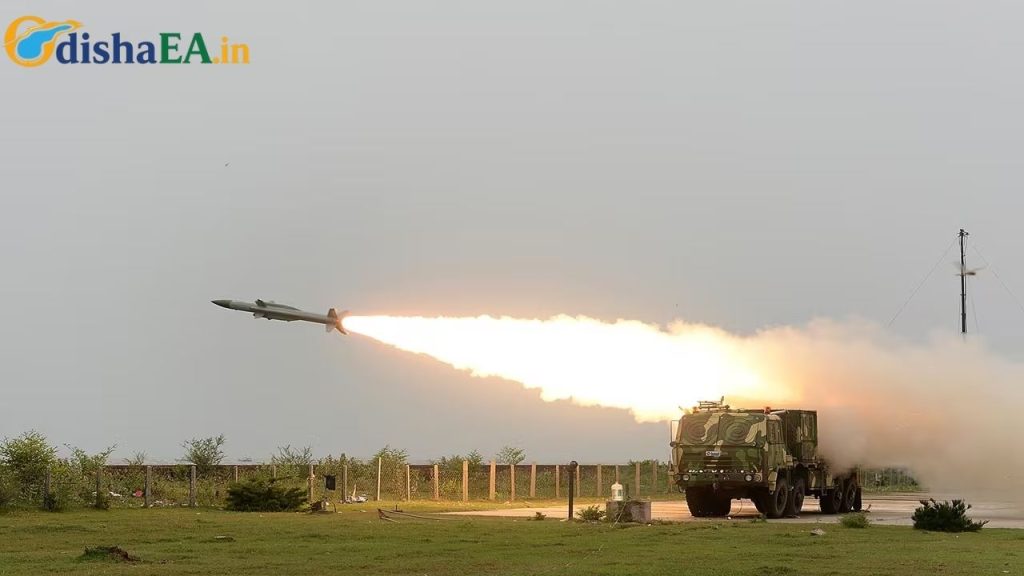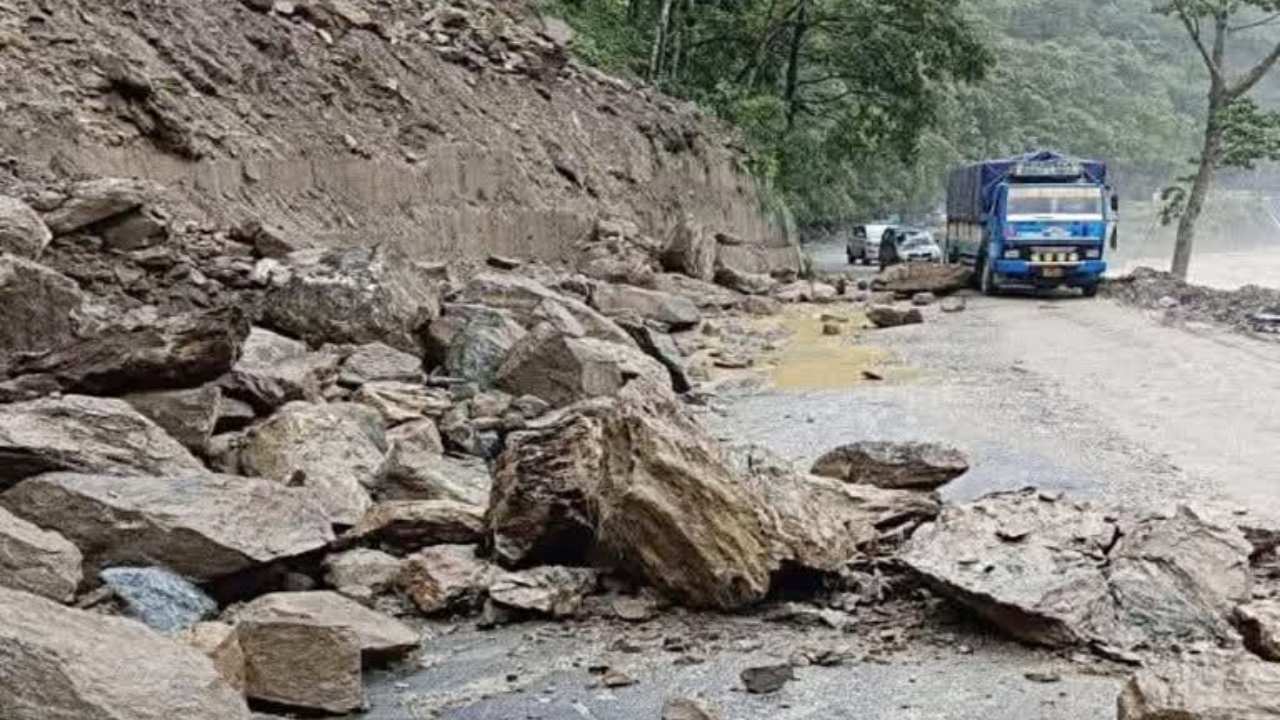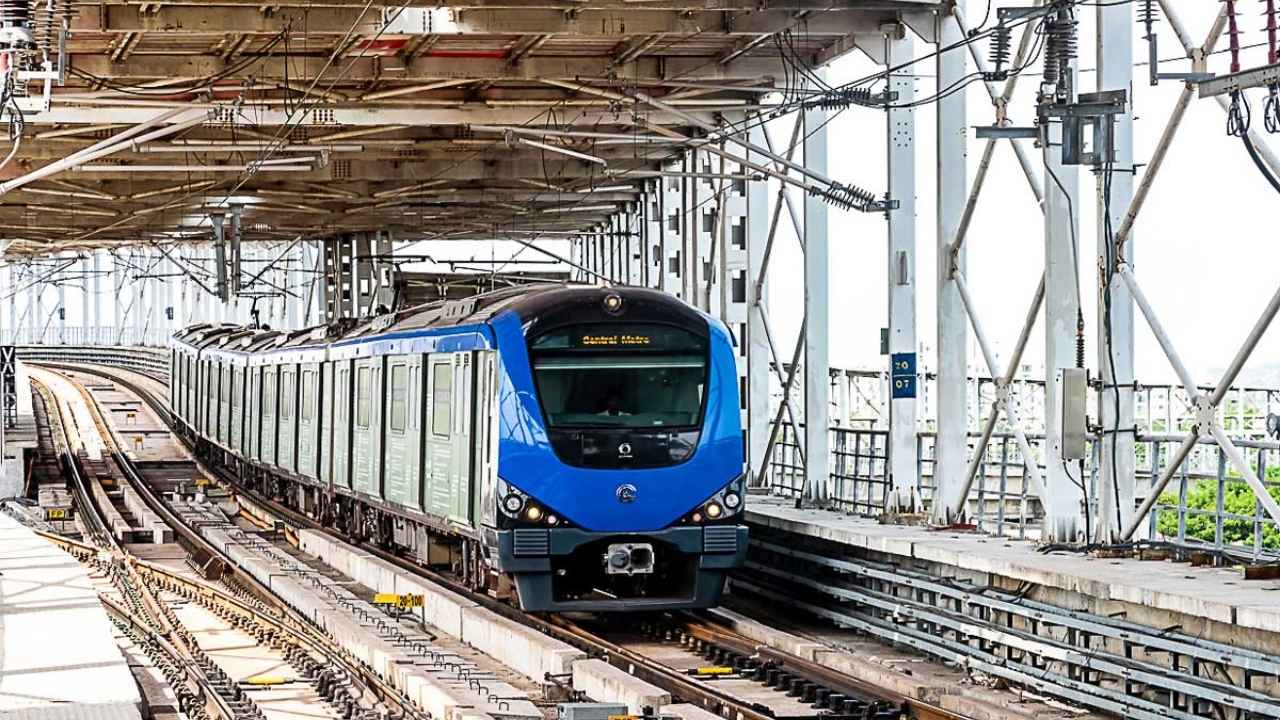India’s defence strategy just took a giant leap forward with the successful maiden flight test of the Integrated Air Defence Weapon System (IADWS). This breakthrough is an essential milestone in strengthening India’s self-reliance in military technology. It signifies not just the country’s growing capabilities but also its commitment to modernizing its armed forces to stay ahead of evolving threats. So, let’s dive into the details of this fascinating development, what makes the IADWS so special, and what this means for India’s future.

India has long been recognized as a country that plays its cards carefully when it comes to defense. The recent IADWS maiden flight test showcases the nation’s growing prowess in indigenous military technology. The weapon system is the brainchild of the Defence Research and Development Organisation (DRDO), and it’s a big deal in India’s journey toward self-sufficiency in defense production.
IADWS Maiden Flight Test Marks Significant Advancement
| Key Detail | Information |
|---|---|
| System Tested | Integrated Air Defence Weapon System (IADWS) |
| Date of Maiden Flight Test | August 23, 2025 |
| Key Components | Quick Reaction Surface-to-Air Missile (QRSAM), VSHORADS, DEW |
| Development Agency | Defence Research and Development Organisation (DRDO) |
| Targeted Aerial Threats | Drones, missiles, aircraft, UAVs |
| Ministerial Statement | Defence Minister Rajnath Singh lauded the successful test |
| Strategic Impact | Self-reliance in defense tech, reduced dependence on imports |
| Official DRDO Website | Official website for more details |
The IADWS is not just another air defense system—it’s a state-of-the-art solution that integrates multiple defense technologies to create a multi-layered shield against aerial threats. With everything from missiles to drones, to aircraft, IADWS is ready for whatever the skies might throw at it.
The IADWS Maiden Flight Test has solidified India’s position as a growing power in defense technology. By developing this advanced air-defense system in-house, India is not only reducing dependence on foreign technologies but also preparing for future threats in a rapidly changing world. With components like QRSAM, VSHORADS, and DEW, IADWS offers a multi-layered defense solution that enhances India’s security, autonomy, and global standing.
As we look toward the future, this successful test is just the beginning. India’s defense industry is moving forward, and with each technological leap, the country is steadily carving out a future where it can stand confidently on its own. With self-reliant, cutting-edge technology, India is more secure than ever before.
A Game-Changer in India’s Air Defense
The IADWS is poised to be one of the most effective defense systems in India’s arsenal. This sophisticated system combines cutting-edge tech like missile interceptors, radar systems, command-and-control units, and even directed energy weapons to neutralize a broad range of threats. Here’s what makes it a game-changer:
- Multi-layered Defense Strategy: The IADWS isn’t just one system—it’s a multi-tiered defense network. The quick-response missiles can intercept threats at medium ranges, while the Advanced Very Short Range Air Defence System (VSHORADS) provides close protection. In a world where aerial threats can come in fast and furious, having a layered defense system increases the chances of neutralizing incoming danger.
- Precision and Speed: Thanks to its high-tech radar systems, the IADWS can track fast-moving targets with pinpoint accuracy. Whether it’s a drone buzzing at low altitudes or a missile zooming in at Mach speed, this system can track, target, and neutralize these threats in real time.
- Self-Reliance: One of the most significant aspects of the IADWS is that it’s homegrown. In line with Prime Minister Narendra Modi’s vision of Atmanirbhar Bharat (self-reliant India), this system was developed entirely by Indian engineers and scientists. This reduces the dependency on foreign technologies, thereby strengthening the nation’s strategic autonomy.
- Advanced Directed Energy Weapons (DEW): In addition to conventional missile defense, IADWS also includes directed energy weapons, such as high-powered lasers that can intercept aerial threats at close ranges. Imagine shooting down a drone with a laser. That’s next-level stuff.
Breaking Down the Technology
So how does IADWS work? Let’s break it down into the different components of this system:
1. Quick Reaction Surface-to-Air Missile (QRSAM)
The QRSAM is a medium-range missile system designed to defend critical assets like airbases, ships, and military installations. It can intercept incoming threats like enemy aircraft, missiles, and drones, making it a crucial part of India’s defense strategy.
What’s special about QRSAM?
- High mobility: QRSAM can be deployed quickly in any terrain, making it adaptable to changing battlefield conditions.
- Rapid response: It has a quick reaction time, which means it can target and destroy enemy threats before they cause significant damage.
2. Advanced Very Short Range Air Defence System (VSHORADS)
The VSHORADS is designed for close-range protection against low-flying threats. This system is particularly useful in protecting forces on the ground, especially in urban or semi-urban areas, where high-flying aircraft are not as common, but drones and low-flying missiles are.
What makes VSHORADS different?
- Highly accurate targeting: This system is specifically designed to take down low-flying targets, making it effective against a growing number of drone-based threats.
- Portable: It’s lightweight and mobile, meaning soldiers can carry and deploy it anywhere.
3. Directed Energy Weapon (DEW)
The Directed Energy Weapon is a revolutionary addition to India’s defense capabilities. DEW uses a concentrated beam of energy (usually laser-based) to disable or destroy airborne targets like drones. This system has the potential to change the way aerial defense is conducted, offering precision targeting without the need for traditional ammunition.
How does DEW work?
- Laser technology: The system focuses intense energy on a target, either disabling its electronics or causing physical damage. It’s incredibly effective for destroying drones, which are becoming a significant threat to modern militaries worldwide.
- No ammunition required: Unlike traditional missile systems, DEWs don’t need physical projectiles, which means there’s no need to reload or worry about running out of ammo.
What Does This Mean for India’s Defence Future?
Strategic Autonomy
The successful deployment of IADWS is a significant step toward India’s strategic autonomy. By developing these systems in-house, India can control its defense supply chain, reducing its reliance on foreign suppliers for critical technologies. This gives India greater control over its military preparedness and response capabilities.
Enhanced Security
The IADWS provides India with the ability to defend its airspace against a variety of aerial threats. This is especially important given the current geopolitical climate in the region. With tensions rising in areas like the Indo-Pacific and the Indian subcontinent, having a robust air defense system ensures India’s readiness for any potential conflict.
Economic Impact
Investing in defense technology has long-term benefits beyond just national security. By developing cutting-edge systems like IADWS, India can also establish itself as a global player in defense manufacturing. This can lead to more export opportunities and strengthen India’s position in the global defense market.
DRDO Achieves Milestone with Successful ‘Pralay’ Missile Range Tests in Odisha
India Conducts Successful Ballistic Missile Tests in Odisha: Prithvi-II and Agni-I
Astra BVRAAM with Indigenous RF Seeker Hits Mark in Successful Test off Odisha
FAQs
Q1: What is IADWS, and why is it important?
IADWS stands for Integrated Air Defence Weapon System. It combines several air-defense technologies to protect against a wide range of aerial threats. It’s crucial because it marks India’s self-reliance in defense and provides robust protection against missiles, drones, and aircraft.
Q2: How does Directed Energy Weapon (DEW) work?
DEW uses concentrated beams of energy, typically lasers, to disable or destroy targets like drones. It’s a highly precise and efficient way to neutralize threats, especially in crowded or urban areas.
Q3: Is India planning to export IADWS?
While IADWS is primarily developed for India’s defense needs, India’s increasing prowess in defense technology could open doors for export opportunities in the future.





